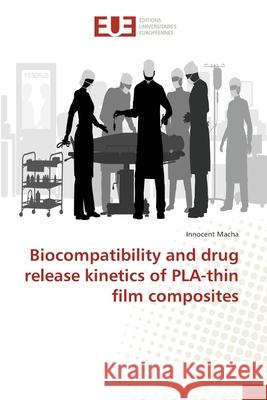Biocompatibility and drug release kinetics of PLA-thin film composites » książka
Biocompatibility and drug release kinetics of PLA-thin film composites
ISBN-13: 9783330867888 / Angielski / Miękka / 2017 / 52 str.
The rise in the number of musculoskeletal disorders (MSDs) due to an increasingly aging population has led to a growing demand for medication to prevent and treat these diseases. An increased interest in the development of new drugs to allow treatment of these diseases in their very early stages is currently observed. The current approach on local direct delivery of medication and key minerals to support bone repair and regeneration at the defect site, from flexible degradable devices, seems to be an effective strategy. Polylactic acid (PLA) and microspheres of hydrothermally converted coralline hydroxyapatite (cHAp) were used to develop PLA thin film composites as drug delivery systems. The PLA provided flexibility and biodegradability of the systems, while coralline hydroxyapatite provided the required calcium and phosphate ions for bone regeneration. These coralline hydroxyapatite are bioactive in nature and suitable for drug loading and controlled slow drug release. It was shown that hADSC cells exhibited a strong attachment and proliferation on PLA thin film-cHAp composites signifying high biocompatibility and a potential for osteointegration.











